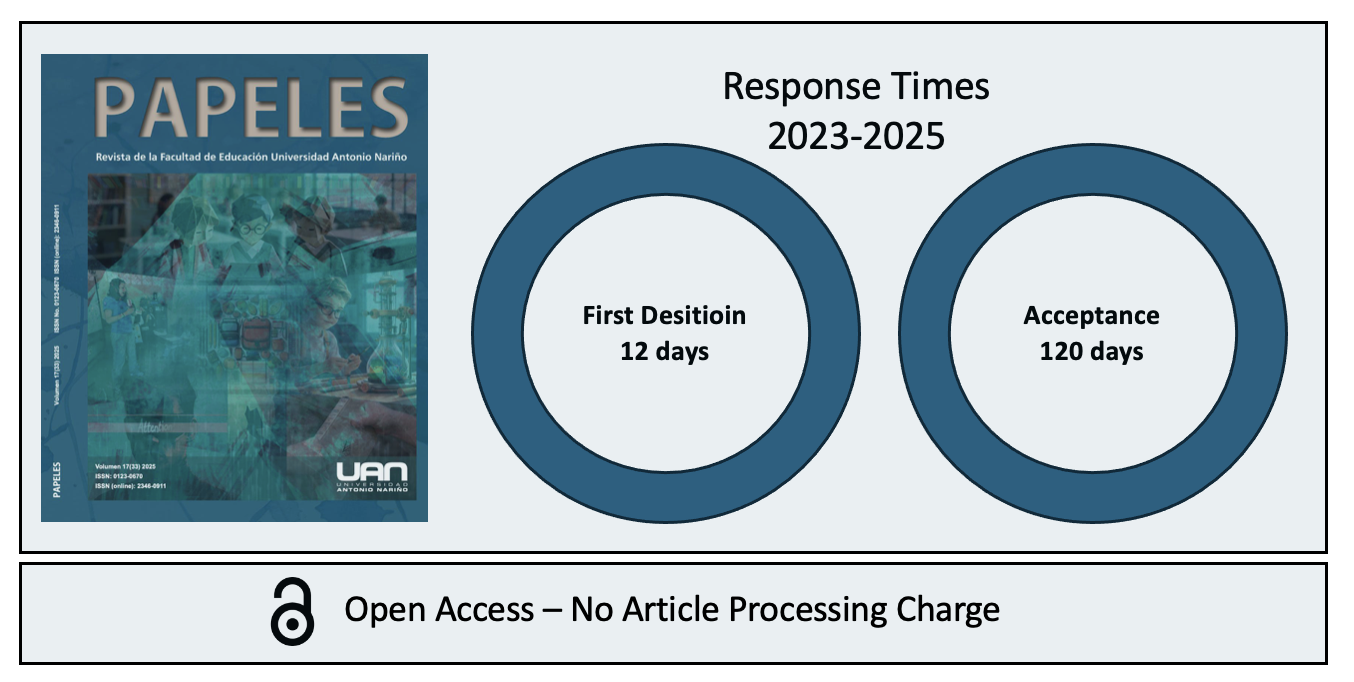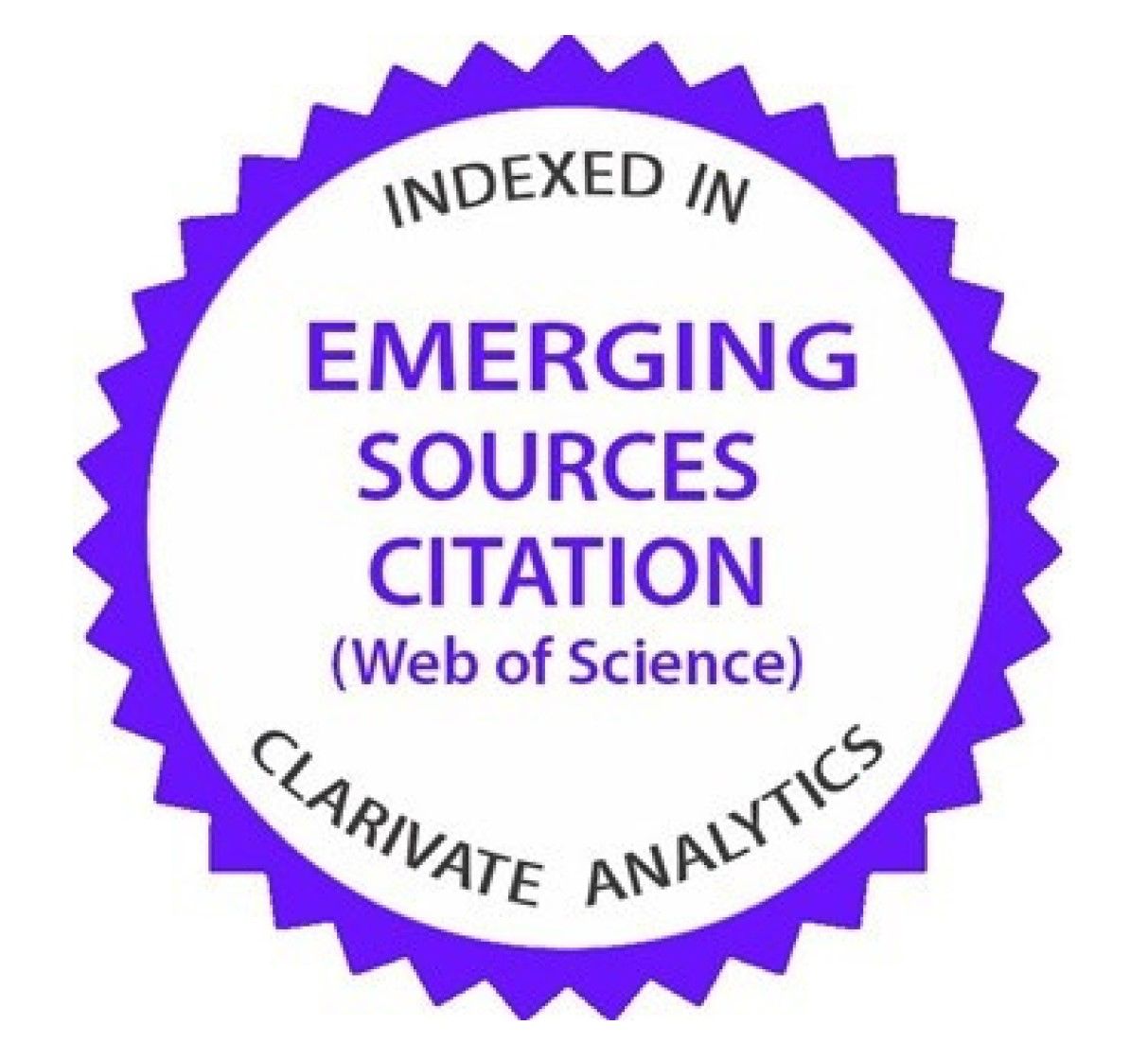The Principle of Effective Demand Effective Demand is a Point!
DOI:
https://doi.org/10.54104/papeles.v11n21.584Keywords:
IS-LM aggregate demand and supply model, KeynesAbstract
This article builds a historical and theoretical journey in its proposal to question the derivation and therefore, the teaching of the IS-LM aggregate demand and supply model as well. An exhaustive presentation is made of each stage of definition, construction and formulation to form the IS-LM model (from Keynesian legacy in The General Theory of Employment, Interest and Money) to show how its construction suffers from a serious logical inconsistency. A reformulation is proposed in the construction and teaching of the model: “not only should the conventional model of aggregate supply and demand of textbooks be abandoned, but also the 45-degree Keynesian income-expense or cross scheme and of course the model IS-LM.”
Downloads
References
(1) Allain, O. (2009). Effective Demand and Short-term Adjustments in the General Theory, Review of Political Economy, Vol. 21, no.1, pp. 1-22.
(2) Amadeo, E. J. (1989). Keynes´s Principle of Effective Demand, Edward Elgar, USA.
(3) Ambrosi, G. M. (2011). Keynes´ abominable Z-footnote, Cambridge Journal of Economics, 35, pp. 619-633.
(4) Asimakopulos, A. (1982). Keynes´theory of Effective Demand Revisited”, Australian Economic Papers, june, pp. 18-36.
(5) Barro, R. (1994). The Aggregate Supply/Aggregate Demand Model, Eastern Economic Journal, 20, pp.1-6.
(6) Bhaduri A., Laski, K. y Riese, M. (2003). Making sense of the Aggregate Demand-Supply Model, Investigación Económica, Vol. LXIII, 243, pp.51-71.
(7) Casarosa, C. (1981). The Microfoundations of Keynes´s Aggregate Supply and Expected Demand Analysis, The Economic Journal, 91, pp.188-194.
(8) Casarosa, C. (1982). Aggregate Supply and Expected Demand Analysis in Keynes´General Theory: An Essay of the Micro-Foundations, Mario Baranzini (Ed), Advances in Economic Theory, St. Martin´s Press, New York.
(9) Chick, V. (1983). La Macroeconomía Según Keynes, Alianza Editorial, Madrid, 1990.
(10) Clower, R. (1994). The Effective Demand Fraud”, Eastern Economic Journal, 20, pp. 377-385.
(11) Colander, D. (1995). The Stories We Tell: A Reconsideration of AS/AD Analysis, Journal of Economic Perspectives, Vol.9, no. 3, pp. 169-188.
(12) Davidson, P. y Smolensky E. (1964). Aggregate Supply and Demand Analysis, Harper &Row, New York.
(13) Davidson, P. (1994). Post Keynesian Macroecnomics Theory, Edward Elgar Publishing, Great Britain.
(14) Davidson, P. (2002). Keynes´s principle of effective demand, Paul Davidson, Financial Markets, Money and the Real World, Edward Elgar, USA.
(15) Dos Santos Ferreira, R y Philippe Michel. (1991). Keynes´s Aggregate Supply Function and the Principle Effective Demand, Recherches Économiques de Louvain Economic Review, Vo. 57, no. 2, pp.159-187.
(16) Dutt, A. K. (1997). On the Alleged Inconsistency in Aggregate-Supply/Aggregate-Demand Analysis, Eastern Economic Journal, 23, pp. 469-476.
(17) Fields, T.W y W. Hart. (1990). Some Pitfalls in the Conventional Treatment of Aggregate Demand, Southern Economic Journal, 56, pp. 676-685.
(18) Hayes, M. G. (2007). The Point of Effective Demand, Review of Political Economy, Vol.19, No.1, pp.55-80.
(19) Hayes, M. G. (2007a). Keynes´s Z function, heterogeneous output and marginal productivity, Cambridge Journal of Economics, 31, pp. 741-753.
(20) Hayes, M. G. (2008). Keynes´s Z function: a reply to Hartwig and Brady, Cambridge Journal of Economics, 32, pp. 811-814.
(21) Hartwig, J. (2007). Keynes vs the Post Keynesiano n the Principle of Effective Demand, European Journal of Economic Thought, Vol. 4, no. 4, pp. 725-739.
(22) Hartwig, J. y M.E. Brady. (20089. Comment: Hayes on Z, Cambridge Journal of Economics, 32, pp. 815-819.
(23) Hartwig, J. (2011). Aggregate Demand and Aggregate Supply: Will the Real Keynes Please Stand Up? Review of Political Economy, Vol.23, No.4, pp. 613-618.
(24) Hartwig, J. (2011). Keynes´s Aggregate Supply Function: everything you always wanted to know about Z, KoF Working Papers.
(25) Heller, C. (2009). Keynes´slip of the pen: aggregate supply curve vs employment function, MPRA Paper No. 12837.
(26) Kalecki, M. (1971). Ensayos Escogidos Sobre Dinámica de la Economía Capitalista, Fondo de Cultura Económica, México, 1982.
(27) Keynes, J. M. (1936). La Teoría General del Empleo, el interés y el dinero, Ediciones Aosta, España, 1998.
(28) Palley, Th. (1997). Keynesian Theory and AS/AD Analysis, Eastern Economic Journal, 23, pp.459-468.
(29) Patinkin, D. (1979). A Study of Keynes Theory of Effective Demand, Economic Inquiry, Vol. XVII, Apr, pp.155-176.
(30) Patinkin, D. (1982). Anticipations of the General theory? And other Essays on Keynes. Basil Blackwell, Oxford.
(31) Parrinelo, S. (1980). The Price Level Implicit in Keynes´Effective Demand, Journal of Post Keynesian Economics, Vol. III, No. 1, pp. 63-78.
(32) Vickers, D. (1987). Aggregate Supply and the Producers´Expected Demand Curve: Performance and Change in the Macroeconomy, Journal of Post Keynesian Economics, Vol. X, No. 1, pp. 84-104.
(33) Weintraub, S. (1957). The Micro-foundations of aggregate demand and supply, Economic Journal, Vol. 67, pp. 455-470.
(34) Wells, P. (1962). Aggregate Supply and Demand: An Explanation of Chapter III of The General Theory, Canadian Journal of Economics and Political Science, Vol. XXVIII, No.4, pp.585-590.
(35) Wells, P. (1978). In review of Keynes, Cambridge Journal of Economics, 2, pp. 315-325.
Downloads
Published
-
Abstract2060
-
PDF (Español)2670
How to Cite
Issue
Section
License

This work is licensed under a Creative Commons Attribution-NonCommercial-ShareAlike 4.0 International License.






